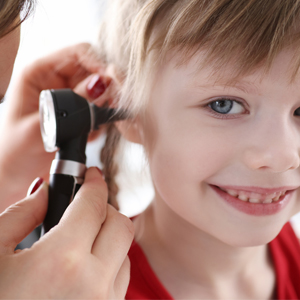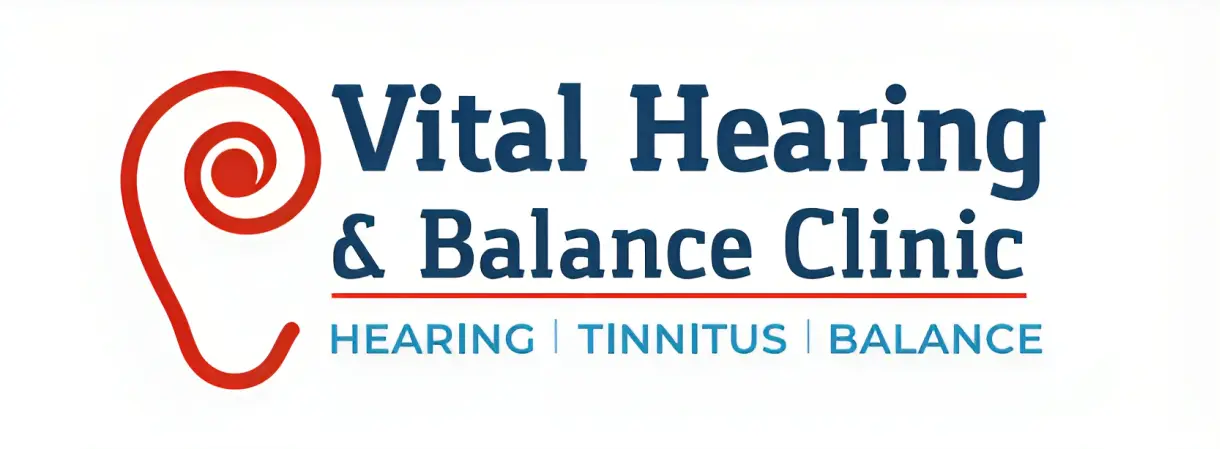PAEDIATRIC HEARING ASSESSMENT

Overview
Is your kid hearing well?
An untreated hearing loss in a child may affect speech and language development and may have a detrimental effect on a child’s academic progress. While it can be difficult to identify if the child is struggling to hear due to their inability to communicate well and often the invisible nature of hearing loss, it is important to have your child’s hearing assessed by a qualified paediatric audiologist who can assess the hearing function, in a playful yet clinical environment.
The process involves asking specific questions to gather information relating to your concerns, your child’s ear history as well as information on general health and development.
The tests for kids vary depending on the age as well as their ability to pay attention and understand the task.
The following are the most common tests conducted on kids.
Tympanometry (> 0 years)
This test is used to assess middle ear function. It is useful in determining if the middle ear has any abnormal air pressure, detecting the presence of fluid that may be related to a variety of conditions including certain ear infections (otitis media) or even allergies (glue ear), a perforation or dislocation of the ossicular bones in the middle or determining the patency of grommets.
Transient Evoked Otoacoustic emissions (TEOAE) (> 0 years)
Otoacoustic emissions (OAE) is a test of outer hair cell motility and is used to assess the integrity of the outer hair cells in the cochlea (inner ear). A probe tip is placed in the ear and a series of sounds are presented. No behavioural response however the child must overall be co-operative to tolerate a probe in the ear.
Responses that are produced by the cochlea travel through the middle ear and are recorded in the ear canal by a sensitive microphone placed within the probe. This is a quick, and objective test used to assess cochlear function and to rule out the possibility of at least moderate degree of hearing loss, although TEOAEs may still be present in mild hearing loss.
Visual Response Observation Audiometry (VROA) (< 2 years)
This method requires the infant/toddler to turn the head towards sound stimulus and allows the audiologist to assess the child’s hearing by reinforcing the child’s response with a visual reward. The test can be done in an open sound field (no earphones) by presenting the sounds through speakers. If the child can tolerate, this test can also be done using earphones or insert earphones and bone conductor.
The minimum level at which the child gives a definite head turn to sound stimulus is indicative of child’s ability to hear and gives an estimate of hearing thresholds, including if child has access to conversational speech necessary for speech and language development which is usually critical at this young age.
Play Audiometry (> 2 years)
The child is engaged in some form of play activity such as inserting pegs, building blocks to each sound presentation. This test still requires the child to be co-operative however if the child is attentive the test often provides reliable child’s hearing thresholds across various frequencies.
Pure-tone Audiometry (> 5 years)
Pure-tone Audiometry is used to determine the softest sounds a child can hear. This can be determined using earphones or insert earphones. This is a similar test to what is conducted over an adult.
Speech Audiometry (>2 years)
The purpose of speech audiometry in children is to determine the softest level at which a child can recognise and discriminate words. This is often considered important as it reflects a child’s functional hearing as well as provides correlation with the audiogram.
Book an Appointment
Paediatric Hearing Assessment
To book an appointment for Paediatric Hearing Assessment, fill in your details.
Contact us
- 0493 493 485
Fill in your Details
FAQ'S
A paediatric (child) hearing assessment is a specialized evaluation performed by an audiologist to evaluate children’s hearing ability. It entails a variety of age-appropriate tests and strategies for determining hearing thresholds, identifying any hearing loss or abnormalities such as middle ear infections, and making suitable recommendations for intervention or treatment.
A paediatric hearing test usually includes a number of components that are tailored to the child’s age and developmental stage. Visual reinforcement audiometry (using visual stimuli to reinforce responses to sounds) is generally performed for children under 3 years of age, play audiometry (using play activities to engage the child during hearing testing) is done for over 3 years of age and standard audiometry if child is able to follow test instructions. Other important tests involve Tympanometry (assessing middle ear function), otoacoustic emissions (measuring inner ear responses), and speech audiometry (evaluating speech recognition and understanding) are some of the tests that may be used.
Children should have a hearing test to discover any hearing loss or abnormalities that may be affecting their speech and language development, academic achievement, and overall well-being. Early detection allows for timely intervention, which can improve outcomes and reduce potential communication and learning challenges.
A paediatric audiologist is a skilled healthcare professional that assesses and manages hearing impairments in children. They are trained to give age-appropriate hearing tests, analyse the data, diagnose hearing loss, and prescribe suitable interventions. They also counsel and guide parents or carers on communication tactics, hearing aid options, and ongoing assistance for children with hearing issues.
Children’s first hearing tests are often performed immediately after birth as part of newborn hearing screening programmes. They generally involve an objective test with response indicating hearing status and performed while the newborn is sleep or very quiet. This preliminary test aids in the early detection of any substantial hearing loss. If newborn screening is not performed or the results are equivocal, it is advised that a full paediatric hearing evaluation be performed within the first few months of life.
Regular follow-up assessments may be required throughout childhood, particularly if there are concerns about the child’s hearing or if they are at a higher risk of hearing loss due to factors such as family history or medical issues.
